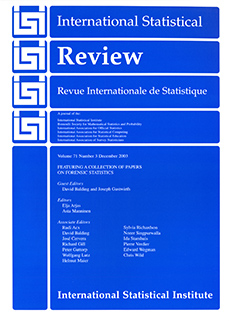Abstract
Future changes in population size, composition, and spatial distribution are key factors in the analysis of climate change, and their future evolution is highly uncertain. In climate change analyses, population uncertainty has traditionally been accounted for by using alternative scenarios spanning a range of outcomes. This paper illustrates how conditional probabilistic projections offer a means of combining probabilistic approaches with the scenario-based approach typically employed in the development of greenhouse gas emissions projections. The illustration combines a set of emissions scenarios developed by the Intergovernmental Panel on Climate Change (IPCC) with existing probabilistic population projections from IIASA. Results demonstrate that conditional probabilistic projections have the potential to account more fully for uncertainty in emissions within conditional storylines about future development patterns, to provide a context for judging the consistency of individual scenarios with a given storyline, and to provide insight into relative likelihoods across storylines, at least from a demographic perspective. They may also serve as a step toward more comprehensive quantification of uncertainty in emissions projections.
Citation
Brian C. O'Neill. "Conditional Probabilistic Population Projections: An Application to Climate Change." Internat. Statist. Rev. 72 (2) 167 - 184, august 2004.
Information




